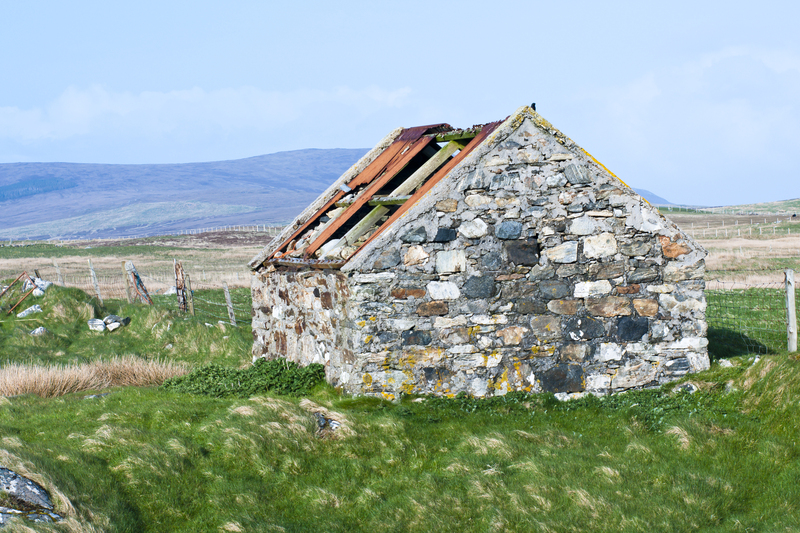Safe Steps to Dismantle Bunk Beds
Posted on 02/10/2024
Bunk beds are a popular choice for families, especially when space is an issue. However, there comes a time when you may need to dismantle these beds, whether for moving, redecorating, or repurposing the room. While the process may seem daunting, following a systematic and safe approach will ensure that you do this efficiently and without any accidents. This article provides a comprehensive and well-structured guide on how to safely dismantle bunk beds.
Prepare Your Workspace
Before you start with the actual dismantling process, it's crucial to prepare your workspace to ensure safety and efficiency.
- Gather Tools: Assemble all the necessary tools you'll need for the job. Typically, you will require screwdrivers, an Allen wrench, pliers, and possibly a rubber mallet. Having these tools at your immediate disposal will make the process smoother.
- Safety Gear: Equip yourself with safety gear such as gloves and safety goggles. These will protect you from accidental injuries and make handling the materials more comfortable.

Remove Bedding and Mattresses
This step is straightforward but essential.
- Strip the Beds: Take off all the sheets, blankets, and pillows from both the top and bottom bunk. It's best to fold and store these items immediately to keep your workspace organized.
- Remove Mattresses: Carefully lift and remove the mattresses from both bunks. If the mattresses are heavy, get someone to help you lift them to avoid straining your back.
Disassemble Guardrails and Ladders
With the mattresses removed, the next step is to detach any guardrails and ladders attached to the bunk bed.
- Guardrails: Most guardrails are attached with screws or bolts. Use an appropriate screwdriver or an Allen wrench to remove these fasteners. Place the screws or bolts in a small container to prevent losing them.
- Ladders: Similarly, unscrew the ladder if it is attached using fasteners. If it's a standalone ladder, simply set it aside. For attached ladders, disassemble carefully to avoid damaging the structure.
Detach The Upper Bunk
This step may require an extra pair of hands, given the size and weight of the upper bunk.
- Support the Upper Bunk: To prevent the bunk from falling during disassembly, ask someone to support it. You can also use temporary supports like stools or chairs if no one is available to assist you.
- Remove Bolts: Use the appropriate tool to remove the bolts connecting the upper bunk to the lower one. Keep these bolts in the same container to maintain organization.
- Lift and Set Aside: Carefully lift the upper bunk off its supports and set it aside to make space for dismantling the lower bunk.
Disassemble the Lower Bunk
Now that the upper bunk is safely set aside, focus on disassembling the lower bunk.
- Remove Slats: Most bunk beds have slats supporting the mattress. Remove these slats by unscrewing or simply lifting them off the frame. Stack them neatly nearby.
- Disassemble Frame: Use your tools to unscrew or unbolt the frame components. Once disassembled, you can either store these parts or prepare them for moving.
Additional Tips for Safe and Efficient Dismantling
- Label Parts: Use masking tape and a marker to label each part and fastener bag. This will make the reassembly process quicker and easier.
- Inspect for Damage: While dismantling, inspect all parts for any damage or wear and tear. Replace any faulty parts to ensure safety during reassembly.
- Use Manual: If available, refer to the bed's manual for specific dismantling instructions. This can provide helpful diagrams and advice tailored to your specific bunk bed model.

Store Parts Safely
Once you've dismantled the bed, proper storage is crucial if you plan on using it again in the future.
- Group Similar Parts: Keep similar parts together, such as bolts in one bag and slats in one pile. This makes it easier to find what you need later on.
- Use Protective Wraps: Wrap the bed's components in protective material like bubble wrap or old blankets. This will prevent damage, especially if you are storing the parts for an extended period.
- Choose a Safe Storage Area: Store the dismantled parts in a dry, cool place to avoid rust and other damage. Avoid areas that are exposed to the elements or pests.
Conclusion
Dismantling a bunk bed doesn't have to be a complex or dangerous task. By following these safe and systematic steps, you can ensure that the bunk bed is taken apart without any issues. Whether you're moving to a new house, redecorating, or simply repurposing your space, these guidelines will help you dismantle the bunk bed efficiently and safely. Always remember to wear protective gear, keep your workspace organized, and store the parts properly for future use.







